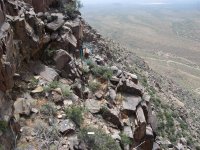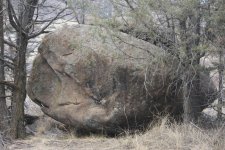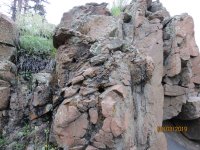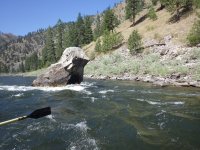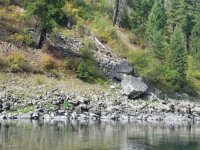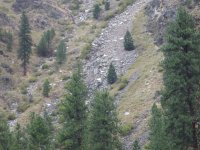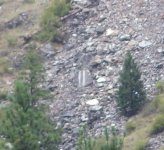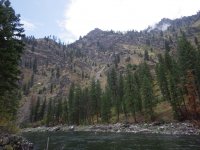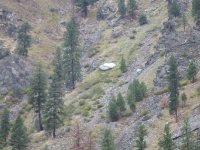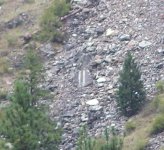Running man
Tenderfoot
- Jul 15, 2019
- 6
- 0
- Primary Interest:
- All Treasure Hunting
Hi Sandy I'm new to the site. I just have a couple of questions for you if you don't mind.
We are in a forest area in a creek that is filled with boulders. All the monuments along the creek point to a diamond shaped rock. See the photo. I would appreciate it if you would elaborate on the meaning of the diamond. Does it mean there's an opening or entrance under it or close to it? If it is where the diamond is would they have put it in the creek or beside the creek?
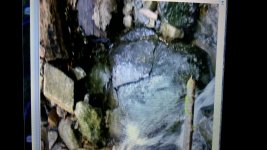
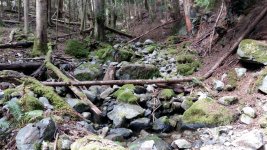
Thanks Running man
First photo is sideways, Diamond rock should be on top.
We are in a forest area in a creek that is filled with boulders. All the monuments along the creek point to a diamond shaped rock. See the photo. I would appreciate it if you would elaborate on the meaning of the diamond. Does it mean there's an opening or entrance under it or close to it? If it is where the diamond is would they have put it in the creek or beside the creek?


Thanks Running man
First photo is sideways, Diamond rock should be on top.
Amazon Forum Fav 👍
Last edited:


